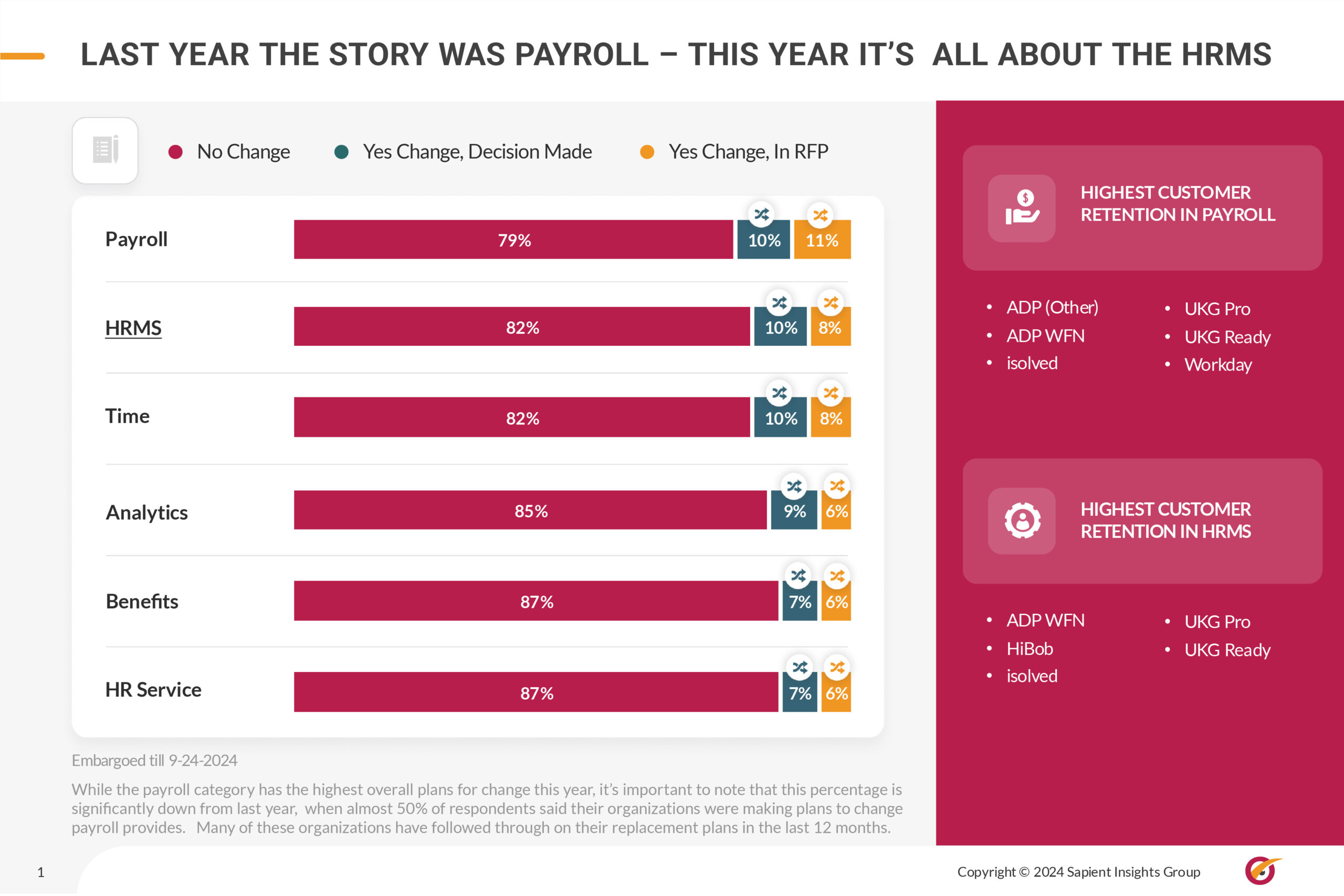Paradigm shift needed to close gender gap in Vietnam’s labour market
- Charles Chau
- Topics: DE&I, Employee Experience, Health and Wellness, Home Page - News, News, Vietnam

Women in Vietnam face many and persistent labour market inequalities, and carry a disproportionate double burden of work and family responsibilities, said ILO Vietnam’s new research brief titled “Gender and the labour market in Vietnam: An analysis based on the Labour Force Survey”.
Nearly half of the women who were not economically active in the 2018 Labour Force Survey had made this choice because of “personal or family-related reasons” compared to only 18.9% of inactive men probably due to the uneven distribution of family responsibilities in the Vietnamese society, ILO said.
“Before the COVID-19 pandemic, both women and men had a relatively easy access to jobs, but the quality of such jobs was on average lower among women than among men,” according to Valentina Barcucci, ILO Vietnam Labour Economist and lead author of the research.
In addition, female workers earned less than men (by 13.7% on monthly wages in 2019) despite comparable working hours and the progressive narrowing of gender gaps in educational levels. They were also under-represented in decision-making jobs, accounting for nearly half of the labour force, but less than one quarter of them are in management roles.
The research said this could be attributed to them “spending twice as many hours on household work than men”. Women spent an average of 20.2 hours per week on household chores and childcare, whereas men spent only 10.7 hours. Close to one-fifth of men did not spend any time on these activities at all.
The pandemic has also created new gender inequalities in the country’s labour market.
Due to the pandemic, the total number of working hours declined significantly in the second quarter of 2020, but recovered through the second half of the year. Women faced more severe losses in this regard with their total weekly working hours in the second quarter of 2020 being only 88.8% of the total for the fourth quarter of 2019, compared to the 91.2% for men.
Also, before the pandemic, there was no difference between male and female unemployment rate, but a gap appeared from the third quarter last year.
READ: Vietnam’s labour ministry rejects proposal for raising minimum wage
ILO Vietnam director Chang-Hee Lee, said, “Gender inequality in the labour market is traced back to the traditional roles that women are expected to play, supported by the social norms. While at the policy level, the 2019 Labour Code has opened opportunities to close such gender gaps, for example in retirement age or removing the ban on female employment in certain occupations, a much more difficult task still awaits Vietnam.
“That is changing the mindsets of the Vietnamese men and women themselves which will, in turn, influence their behaviours in the labour market.”






